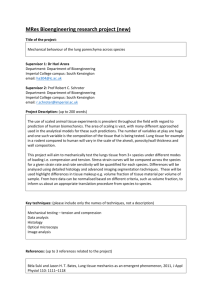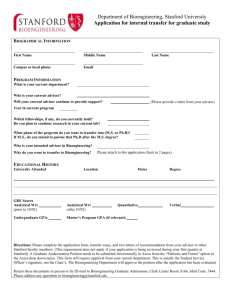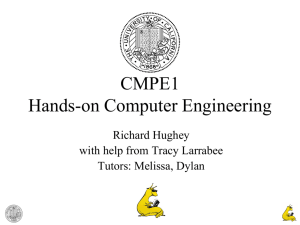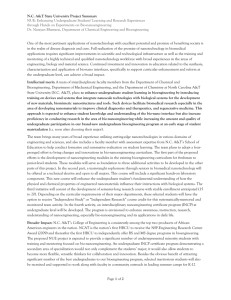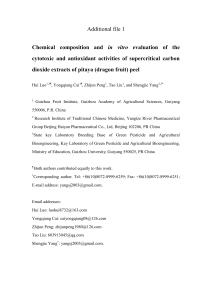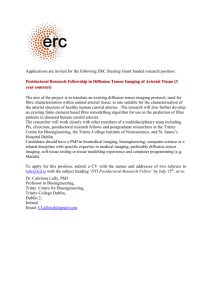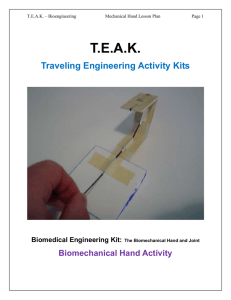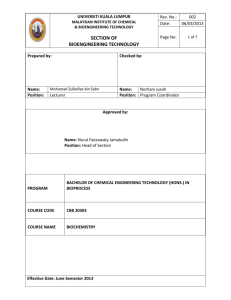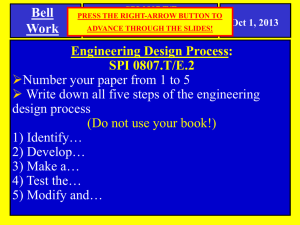Evaluation and Assessment
advertisement
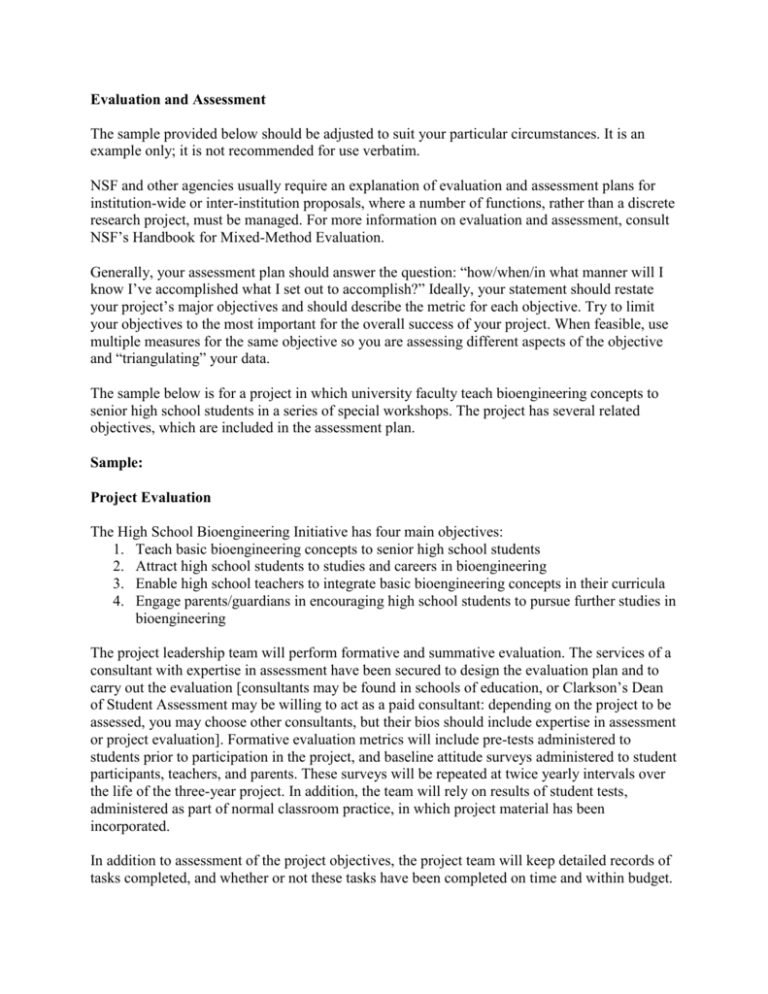
Evaluation and Assessment The sample provided below should be adjusted to suit your particular circumstances. It is an example only; it is not recommended for use verbatim. NSF and other agencies usually require an explanation of evaluation and assessment plans for institution-wide or inter-institution proposals, where a number of functions, rather than a discrete research project, must be managed. For more information on evaluation and assessment, consult NSF’s Handbook for Mixed-Method Evaluation. Generally, your assessment plan should answer the question: “how/when/in what manner will I know I’ve accomplished what I set out to accomplish?” Ideally, your statement should restate your project’s major objectives and should describe the metric for each objective. Try to limit your objectives to the most important for the overall success of your project. When feasible, use multiple measures for the same objective so you are assessing different aspects of the objective and “triangulating” your data. The sample below is for a project in which university faculty teach bioengineering concepts to senior high school students in a series of special workshops. The project has several related objectives, which are included in the assessment plan. Sample: Project Evaluation The High School Bioengineering Initiative has four main objectives: 1. Teach basic bioengineering concepts to senior high school students 2. Attract high school students to studies and careers in bioengineering 3. Enable high school teachers to integrate basic bioengineering concepts in their curricula 4. Engage parents/guardians in encouraging high school students to pursue further studies in bioengineering The project leadership team will perform formative and summative evaluation. The services of a consultant with expertise in assessment have been secured to design the evaluation plan and to carry out the evaluation [consultants may be found in schools of education, or Clarkson’s Dean of Student Assessment may be willing to act as a paid consultant: depending on the project to be assessed, you may choose other consultants, but their bios should include expertise in assessment or project evaluation]. Formative evaluation metrics will include pre-tests administered to students prior to participation in the project, and baseline attitude surveys administered to student participants, teachers, and parents. These surveys will be repeated at twice yearly intervals over the life of the three-year project. In addition, the team will rely on results of student tests, administered as part of normal classroom practice, in which project material has been incorporated. In addition to assessment of the project objectives, the project team will keep detailed records of tasks completed, and whether or not these tasks have been completed on time and within budget. As part of formative evaluation, these records will be reviewed at regular project meetings and tasks and objectives adjusted as needed. Summative evaluation will include post-tests, focus groups with teachers and parents, and attitude surveys. Evaluation instruments will be designed to answer the following questions: Has the students’ knowledge of bioengineering and careers in bioengineering increased since the pre-test? Have their attitudes toward studies and careers in bioengineering changed over the life of the project and are they more likely than they were three years earlier to enroll in studies leading to careers in bioengineering? To what extent have teachers incorporated basic bioengineering knowledge in their curricula? Have teachers’ and parents’ attitudes to bioengineering changed since the beginning of the project, and in what way(s)? Are they more or less likely to encourage students to enroll in further studies and/or pursue a career in bioengineering? Throughout, the aim of the evaluation plan is to keep the project focused on achieving its objectives. The project team will meet at least once every three months with the assessment consultant to ensure that quantitative and qualitative data are being collected consistent with good quality outcomes.
